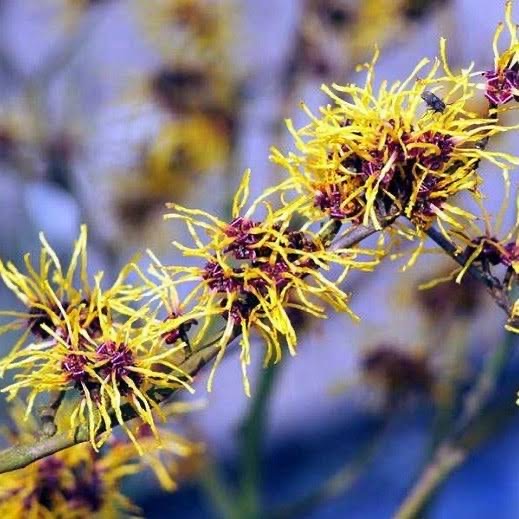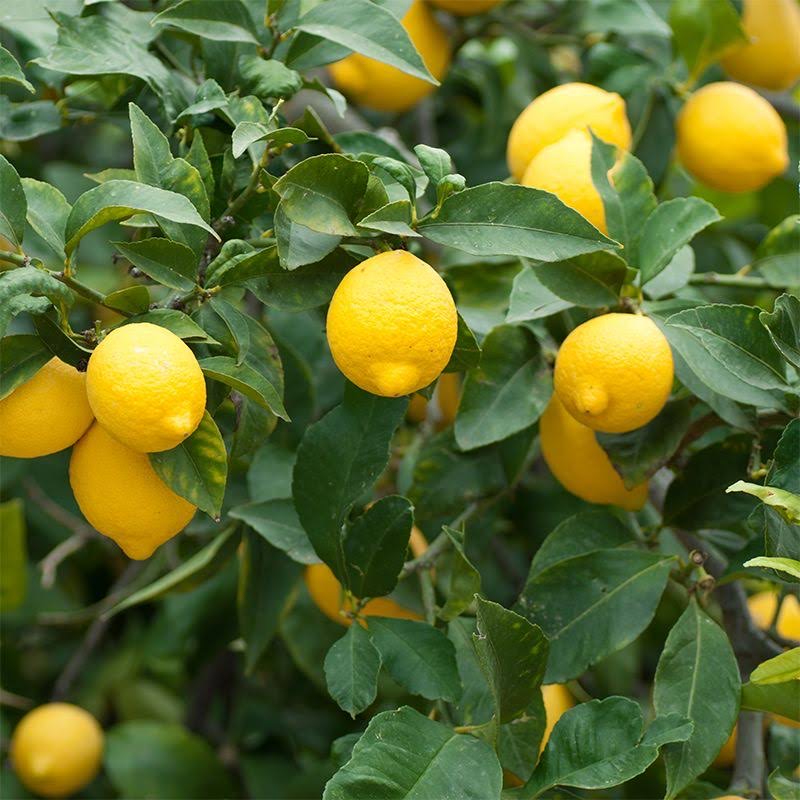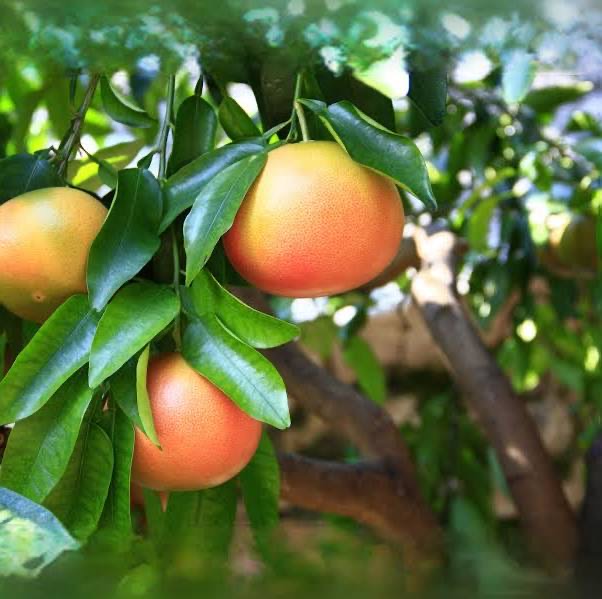What’s Blooming In January?
Plants and Flowers in January:
- Camellia
- Witch-hazel
- Snow drops
- Winterberry
- Snapdragons
- Pansy
Fruits and vegetables in season:
- Kale
- Cabbage
- Oranges
- Lemons
- Grapefruit

Witch Hazel

Lemons

Snow Drops

Grapefruit
January Maintenance Tips
Fertilizing
January can be an ideal time to fertilize deciduous plants. Winter fertilizing can help provide the plant with nutrients that will strengthen the root system, even in dormancy. It is important to wait until the plant is in full dormancy before fertilizing. You can tell if your plant is in dormancy or not by the leaves. When the leaves begin to change color and drop, this means your plant has entered dormancy and is ready for winter fertilizing. It is recommended to apply a slow-release fertilizer to your dormant deciduous plants before the grown freezes.
Pruning
January can also be an ideal time for pruning trees and shrubs in dormancy. Here is a list of some plants that could benefit from pruning in LATE January:
- Butterfly bush
- Crapemyrtle
- Hydrangeas
- Dogwood
- Deciduous hollies
- Arborvitae
- Boxwood
Pests And Diseases
During January, it is very common for your lawn and/or garden to suffer from damage caused by termites and grubs and larvae. Termites feed on plant material, including leaves, dead limbs, and bark. They build large colonies underground which can be identified by small mounds in your lawn. It is important to treat a termite infestation as soon as possible. If these underground colonies reach your home, they can do significant damage. Applying insecticides directly onto these underground colonies will ensure they do not spread from your lawn to your home.
Grubs and Larvae also live beneath the surface of the soil. They damage your lawn by feeding on the roots of your grass. Winter is a great time to treat your lawn for grubs and larvae because they will enter dormancy and stay underground for the entire winter. Treating areas of your lawn that you feel may be at risk for a grub or larvae infestation with Carbaryl and trichlorfon in the winter will ensure that these pests don’t start to do damage to your garden when they are due to emerge from dormancy in great numbers in the spring.
An Additional Tip For January
Late January can be a great time to start germinating early crops like broccoli, lettuce, onion, and celery. Starting the germination process indoors during late January will allow them time to mature enough to be transplanted to your outdoor garden in the early spring.